India’s tally of the COVID-19 disease stood at 332,424 after 11,502 new cases were reported between Sunday and Monday, the Union health ministry data indicated.
For the third consecutive day there has been more than 11,000 COVID-19 cases in the country. There were 32 deaths recorded in the last 24 hours which took the country’s death toll to 9,520, according to the health ministry.
However India’s recovery rate continued to rise as 169,797 patients were cured of the deadly infection bringing it a little over 51% from Sunday’s 50.59%.
The number of recovered COVID-19 patients in the worst-hit state of Maharashtra also increased as 50,978 people discharged from Maharashtra. Maharashtra’s case tally now stands at 107, 958 and the state has reported 3,950 deaths so far.
In Delhi, Union Home Minister Amit Shah has summoned another round of meetings. Shah will conduct the meeting of the members of all political parties on coming Monday for further assessment of the pandemic situation in the Capital.
Amit Shah had declared a detailed door-to-door survey in containment zones for contact tracing and promised the city 500 railway coaches with a capacity of 8,000 beds to treat COVID-19 patients to mitigate any possible scarcity of beds.
Delhi has reported 41,182 infections, with 24,032 active cases, and 1,327 deaths. Since Monday, June 8, to Sunday, the city has recorded 12,246 cases. In the previous week, i.e. June 1-7, it had recorded 9,092 cases.
In Tamil Nadu, the number of those affected by the infectious disease rose to 44,661 and the state’s death toll stands at 435, according to the Union health ministry.
Gujarat is another state which has contributed significantly to the rising number of COVID-19 cases in India. The state has recorded 23,544 infections and 1,477 deaths till date.
A new pre-print study has said that an eight-week lockdown in India will shift the peak of the epidemic by 34-76 days and reduce the number of cases at the end of the lockdown by 69-97%.
The lockdown imposed in India was nearly 10 weeks long and some of the restrictions are still in place although many have been eased.
It is also being said that India’s health care infrastructure may prove inadequate later this year, with the increase in demand for isolation and ICU beds and ventilators supply, in November even with the claimed “intensified public health measures to be 60% effective.”

 The number of recovered COVID-19 patients in the worst-hit state of Maharashtra also increased as 50,978 people discharged
The number of recovered COVID-19 patients in the worst-hit state of Maharashtra also increased as 50,978 people discharged 




.png)
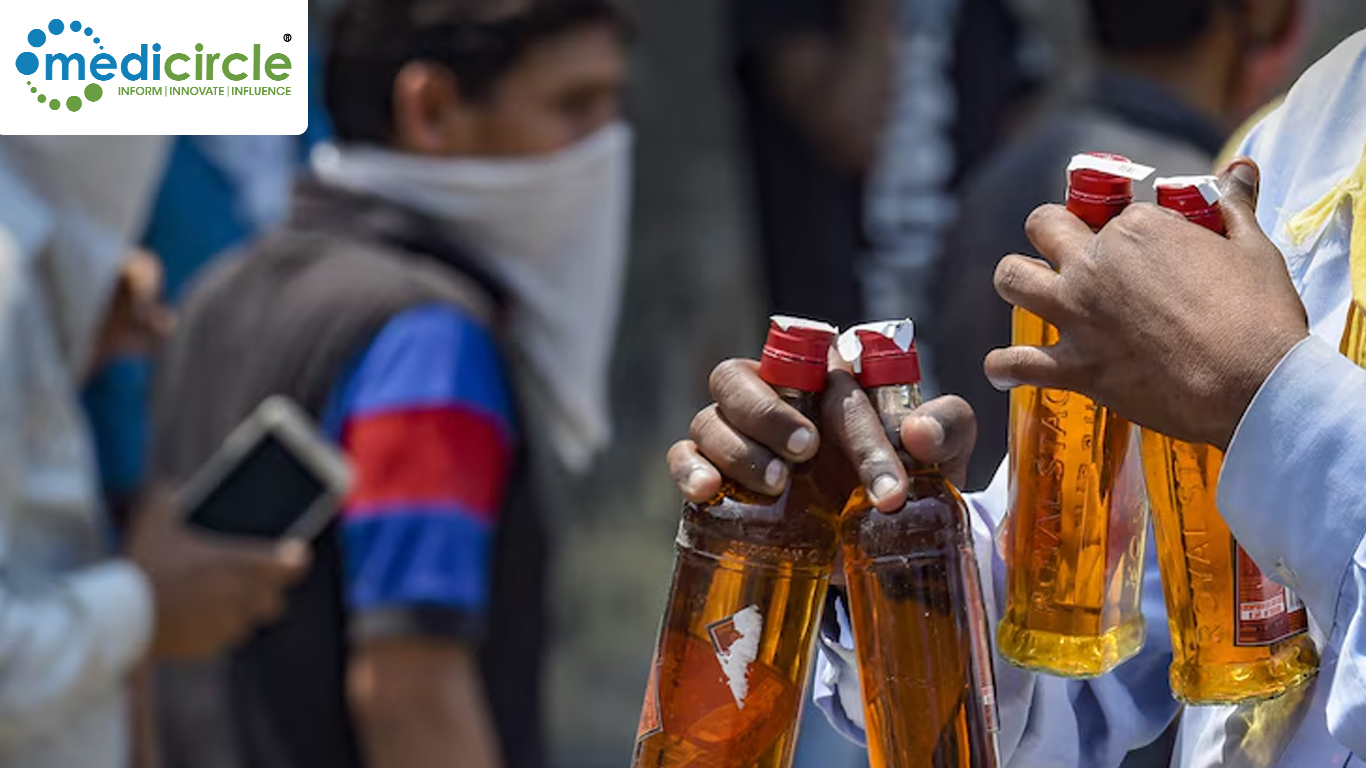

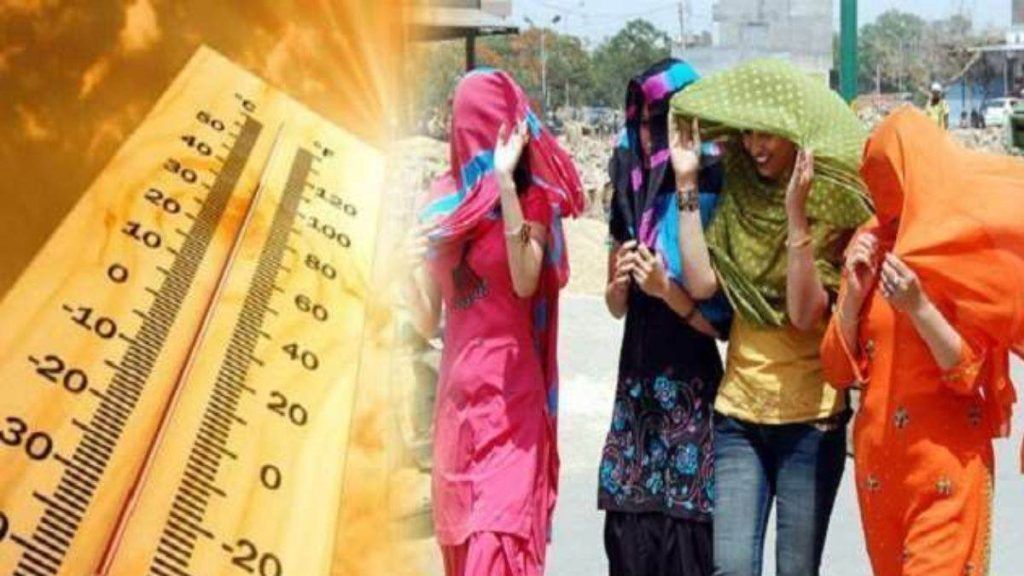
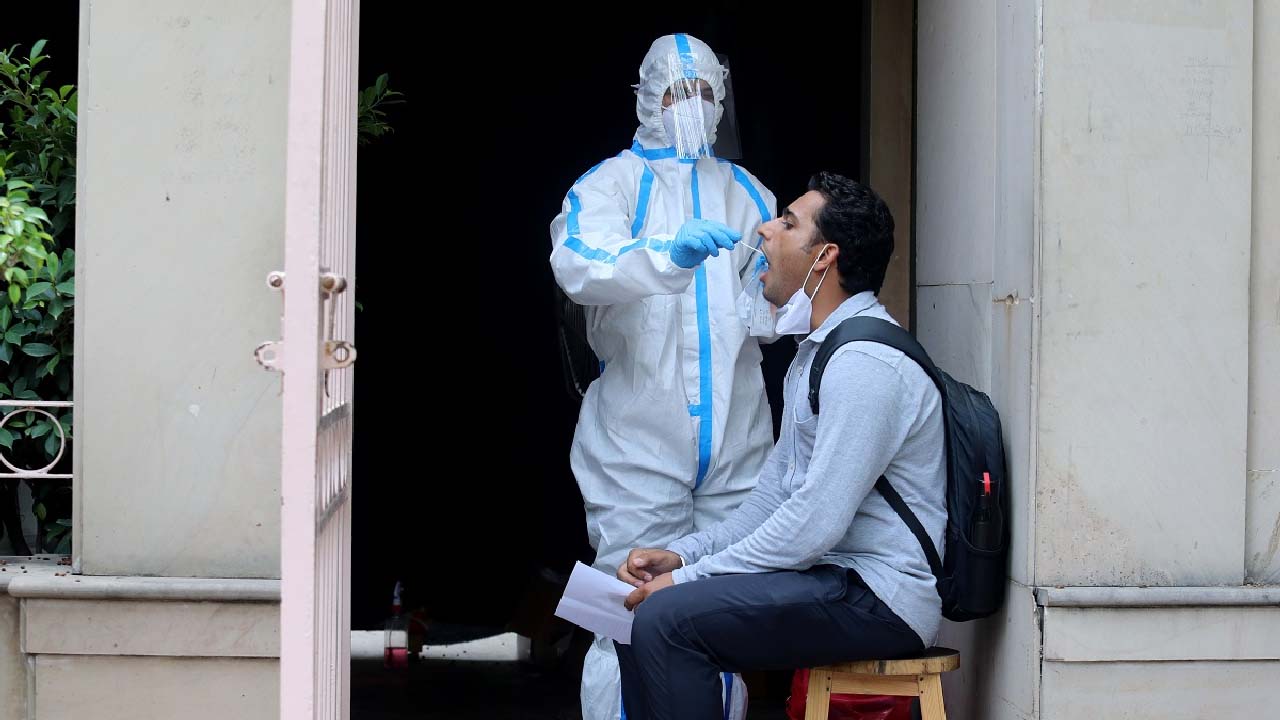
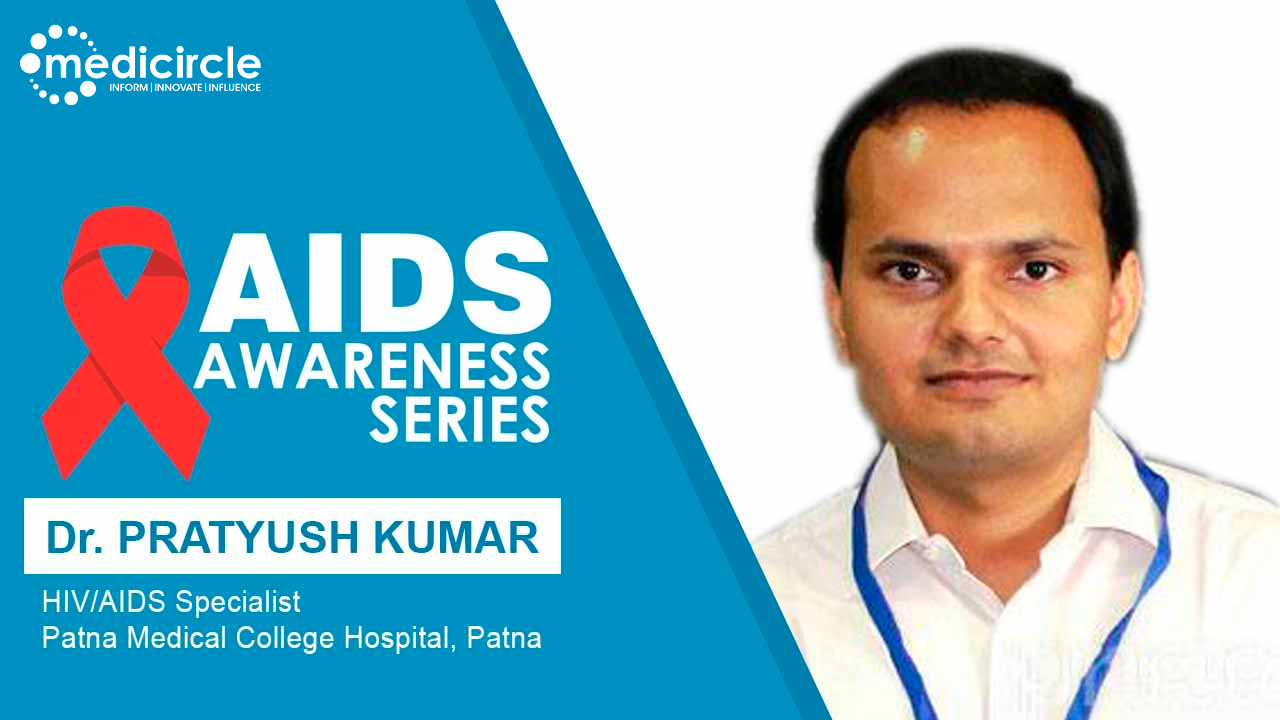

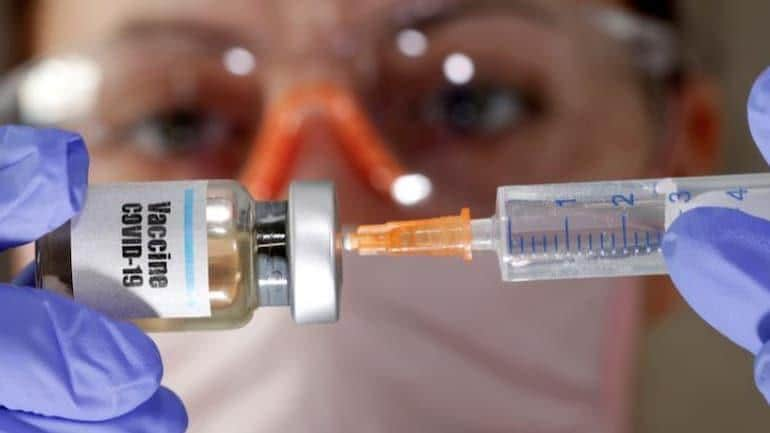
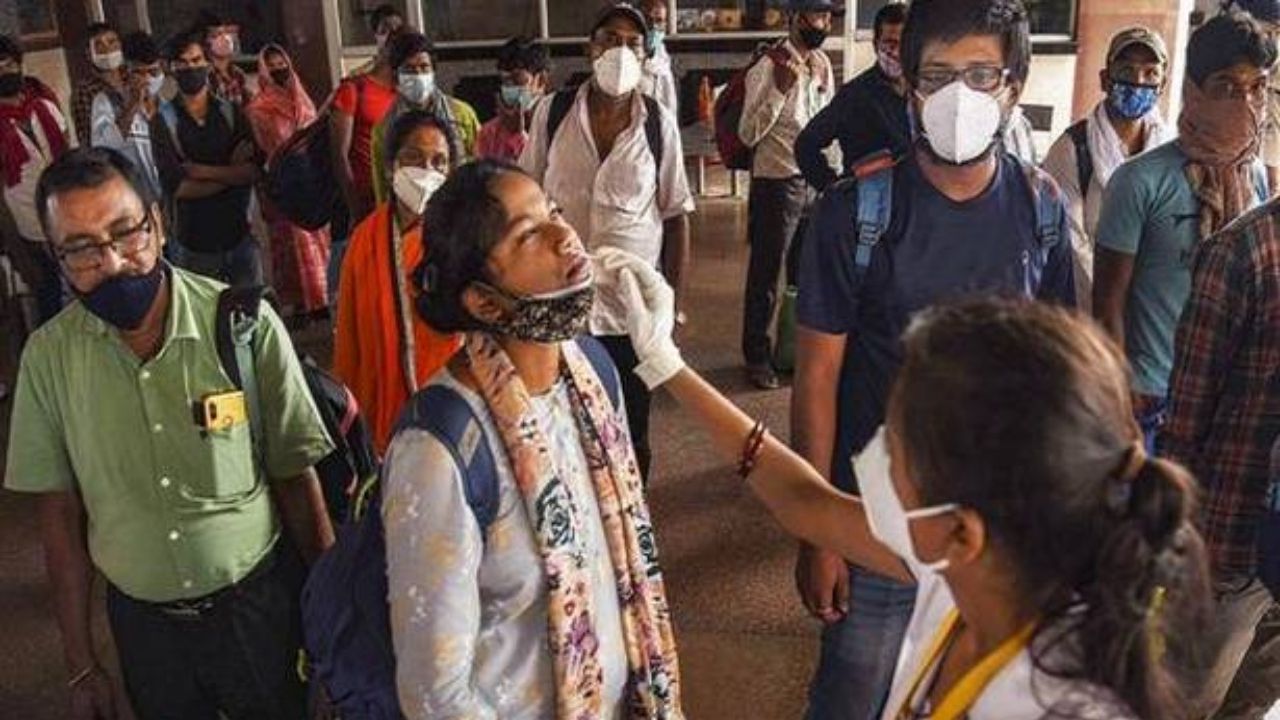
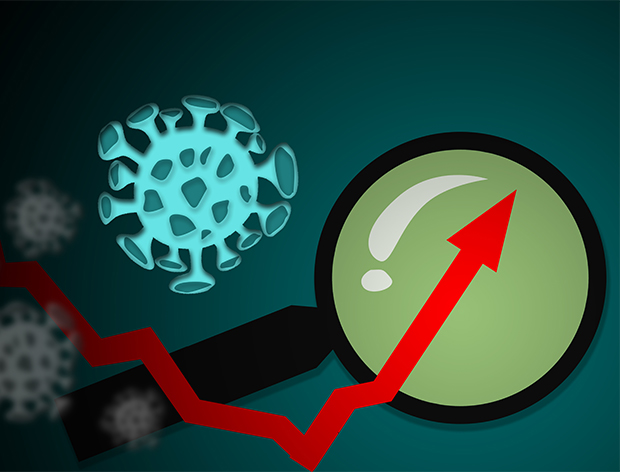





.jpeg)








.jpg)




.jpg)




